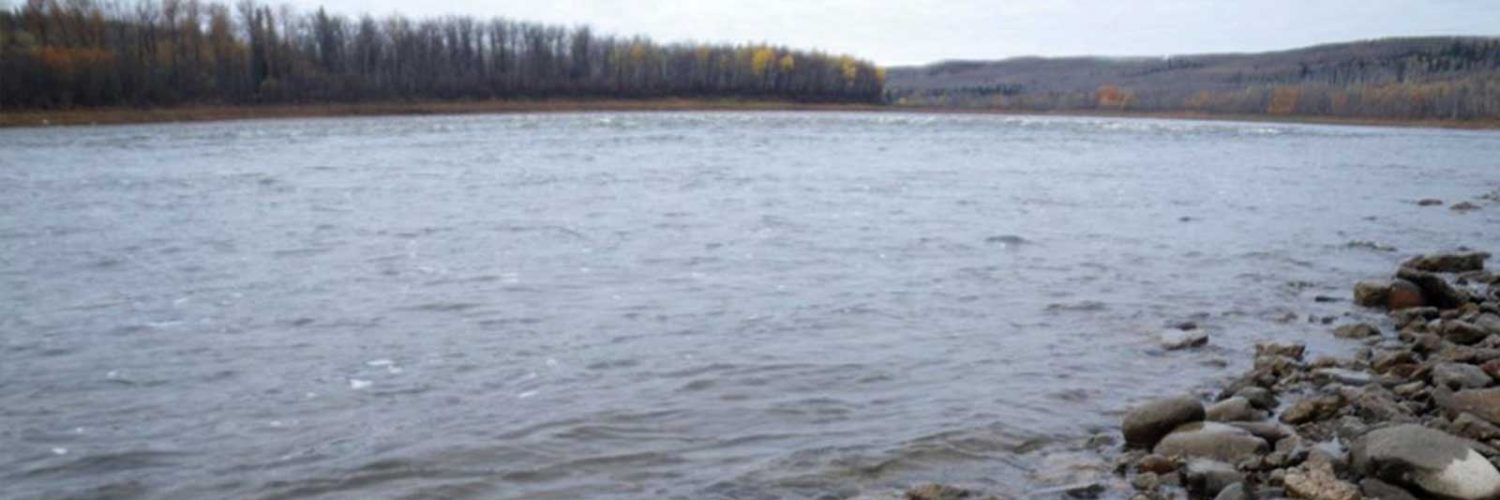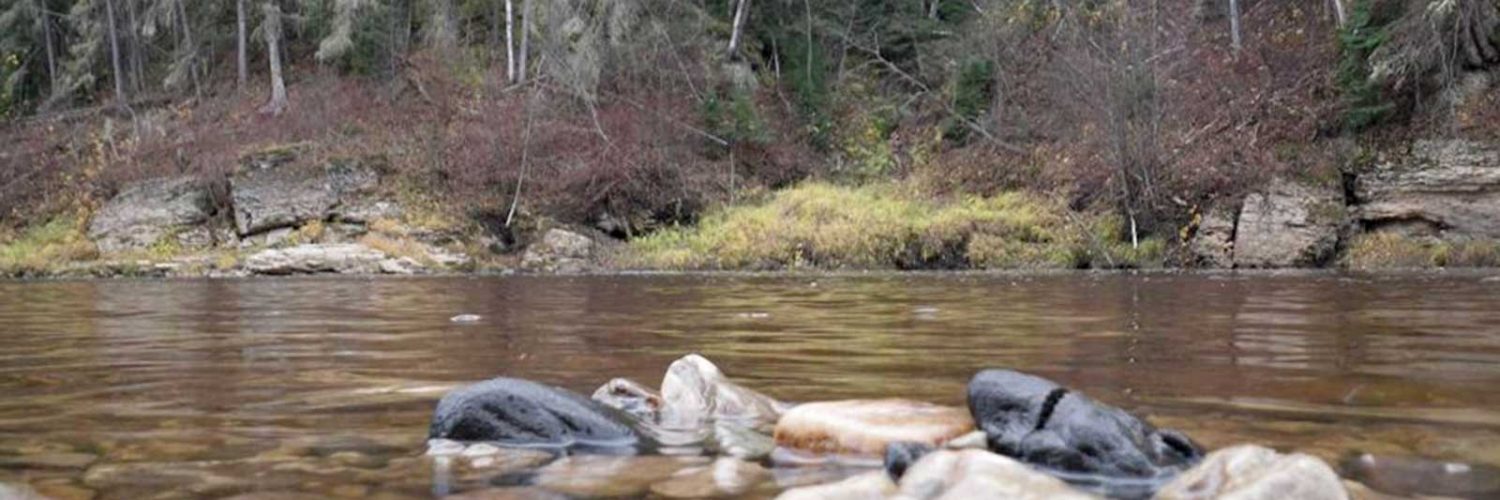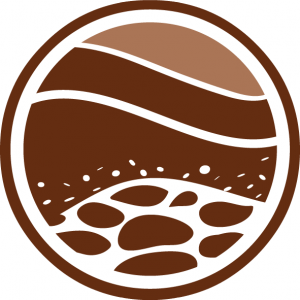Welcome to SWAMP: a metal-free, ultra-clean laboratory
The SWAMP Laboratory is an ultra-clean research facility for studying the sources, transformations, behaviour and fate of trace metals cycling in Soils, Water,Air, Manures, andPlants. A state-of-the-art lab constructed entirely of polypropylene and fed by an external air handling unit with HEPA filtration, the SWAMP facility consists of 3 separate clean rooms. For a detailed description of our facility please see here.
The SWAMP lab is concerned with environmental quality in its broadest sense: the quality of our soil resources, the water we drink, the air we breathe, and the food we eat. The orientation of this new facility is the pedosphere, and the focus of research is the so called “critical zone” which connects the lithosphere with the atmosphere, hydrosphere, and biosphere, and the relevant chemical processes taking place there. The long-term objective of this research is to employ modern soil and aquatic sciences combined with analytical chemistry and isotope geochemistry to better understand how to sustainably manage our natural resources, maintain productive ecosystems and foster human health.
"at the SWAMP lab, we can measure almost nothing"
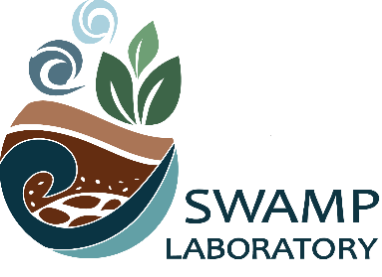
Analytical services
The SWAMP lab has highly skilled personnel who can provide expert advice and services to our clients who wish to seek an ultra-clean approach to trace elements analysis.
hair.
Precision instruments
The lab is equipped with precision instrumentation, including two mass spectrometers that can detect trace elements down to parts per trillion, and parts per quadrillion. One part per quadrillion is comparable to one single raindrop in the volume of Lake Huron, one of the five Great Lakes of North America.
Contact us
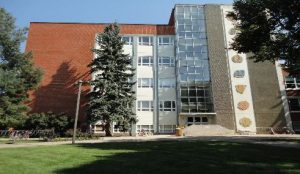
Our Location:
University of Alberta
Department of Renewable Resources
348 South Academic Building
Edmonton, Alberta, Canada T6G 2G7
For more information:
call 780.909.2321 or e-mail




